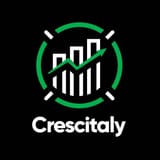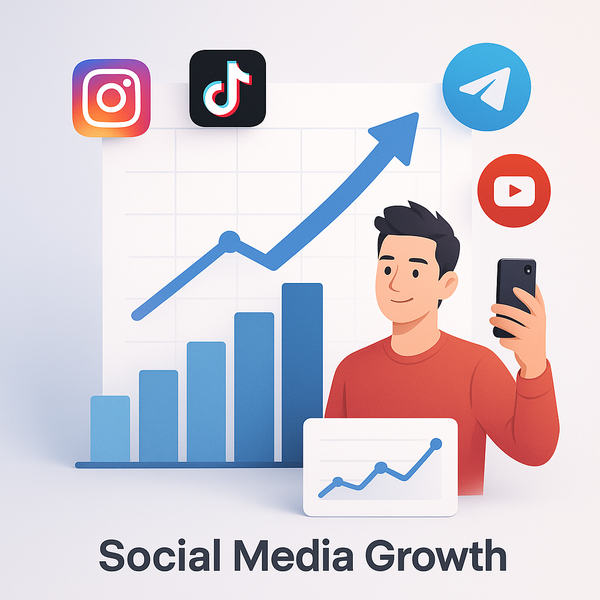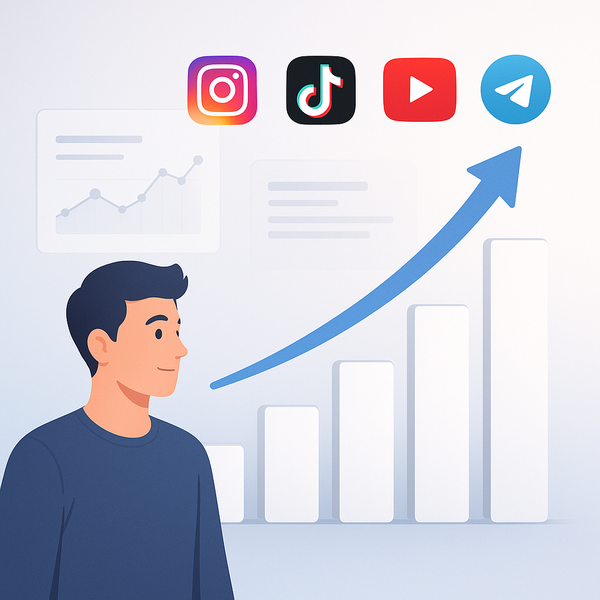How Social Media Automation Empowers Creators and Marketers
In 2019, a 21-year-old TikToker named Jade began posting short comedy skits. For months, she uploaded manually—editing clips on her phone, posting in real time, and checking analytics obsessively. Then she discovered automation. By scheduling her content and using analytics tools, Jade’s weekly engagement jumped 43%, helping her land her first brand deal. Fast-forward to 2024, and automation isn’t just an option—it’s the engine behind every serious social media strategy.
Why Automation Is Reshaping Social Media Strategy
Social media automation tools have become the silent workhorses behind viral campaigns, influencer launches, and scaling brands. Whether you're a solopreneur managing a dozen content channels or a marketing agency juggling multiple clients, automation frees up time and expands reach.
The Numbers Don’t Lie
- Instagram users are 3 times more likely to engage with scheduled posts than those manually posted at random times.
- 57% of marketers say automation has directly increased their ROI on social media, according to Sprout Social.
- Telegram channels using post schedulers saw a 28% higher retention rate after four weeks.
"Automation isn't about replacing creativity—it's about protecting it." — Alex Renner, Digital Strategist at SocialBeam
The Platforms That Benefit Most from Automation
Not all automation is created equal. Each platform offers distinct benefits when paired with smart automation workflows. Let’s break it down:
Instagram: Optimize Your Feed and Stories
Automation tools for Instagram have evolved far beyond post schedulers. Today, brands use automated DMs, story auto-responders, and analytics bots to maintain follower engagement.
Using Crescitaly's advanced panel, many creators generate automated comments based on trending hashtags and segment audiences by behavior—drastically improving interactions per post.
Best automation practices for Instagram:
- Schedule feed posts at peak engagement times using historical data.
- Automate story reposts to user-tagged content to build community.
- Use bots to sort DMs and route brand inquiries to email or CRM.
TikTok: Timing and Trends Are Everything
TikTok’s algorithm is driven by velocity—how quickly a video gains traction within minutes of posting. Automation helps by predicting optimal post windows and batch-uploading content for creators in multiple time zones.
According to Crescitaly's dashboard reports, users who schedule TikTok content to align with trend lifecycles see a 35% higher chance of hitting the For You Page.
Key TikTok automation tools:
- Trend-tracking bots that suggest hashtags based on real-time data
- Comment filters to auto-hide spam or offensive content
- A/B test scheduling to determine best time slots for format variations
YouTube: Automate to Maximize Long-Form Content
Automation on YouTube centers around consistency and metadata. While the video itself requires manual production, every other element—thumbnails, descriptions, tags, end screens—can be managed automatically.
For creators uploading across multiple channels or languages, automation simplifies localization and ensures uniform branding.
Automate smart on YouTube by:
- Preloading video metadata templates for faster publishing
- Using SEO bots to generate keyword-rich descriptions
- Auto-responding to comments within the first 24 hours of upload
Telegram: Keep Your Channel Active Around the Clock
Telegram’s rise as a community-building platform makes it ripe for automation. Channels can be managed by just one person—with bots handling welcome messages, daily posts, and even payments.
Client growth panels like Crescitaly.com allow admins to queue content, launch mass DMs, and analyze message open rates in bulk.
Telegram automation strategies include:
- Scheduling polls or Q&As to encourage engagement
- Setting up autoresponders for common community questions
- Using content bots to distribute posts across multiple channels
How to Automate Without Losing Your Brand Voice
One of the biggest concerns marketers have is that automation might make their content feel robotic. That’s a valid fear. The key is using automation to handle the repetitive, operational tasks—while keeping creative control over the voice, tone, and style.
Here are some golden rules:
- Write scripts, not just templates. Pre-write multiple versions of DMs or replies for bots to rotate through, keeping language natural.
- Use automation for structure, not spontaneity. Plan the architecture—weekly themes or content buckets—then add personality in execution.
- Monitor performance closely. Automation is not “set-and-forget.” Use platforms like Crescitaly to watch which automations are actually driving growth.
"Automation gives your team more time to be human where it matters most." — Tyler Min, Head of Content at LoopAgency
Conclusion: Where Automation Is Heading Next
In 2024 and beyond, social media automation isn’t just about efficiency—it’s about scale. As platforms grow more algorithmically complex, automation will help decode patterns faster, respond quicker, and create room for higher-level strategy.
We’re already seeing AI integrations where automation tools suggest captions based on post images or generate post variants for A/B testing. The next frontier is predictive automation—where platforms suggest not just what to post, but why, based on real-time behavioral shifts.
For creators, marketers, and SMM panel pros, the message is clear: learn how to automate, or get buried under those who do. If you’re not yet streamlining your content calendar or automating growth tasks, check out platforms like Crescitaly.com to start building your automation stack.
Your audience is global. Your schedule shouldn’t be.
Meta Title: Social Media Automation for Creators & Marketers
Meta Description: Discover how social media automation helps creators and marketers scale on Instagram, TikTok, YouTube, and Telegram in 2024.
Tags: Instagram, SMM panel, TikTok growth, Telegram marketing, YouTube automation, creator economy, Crescitaly





